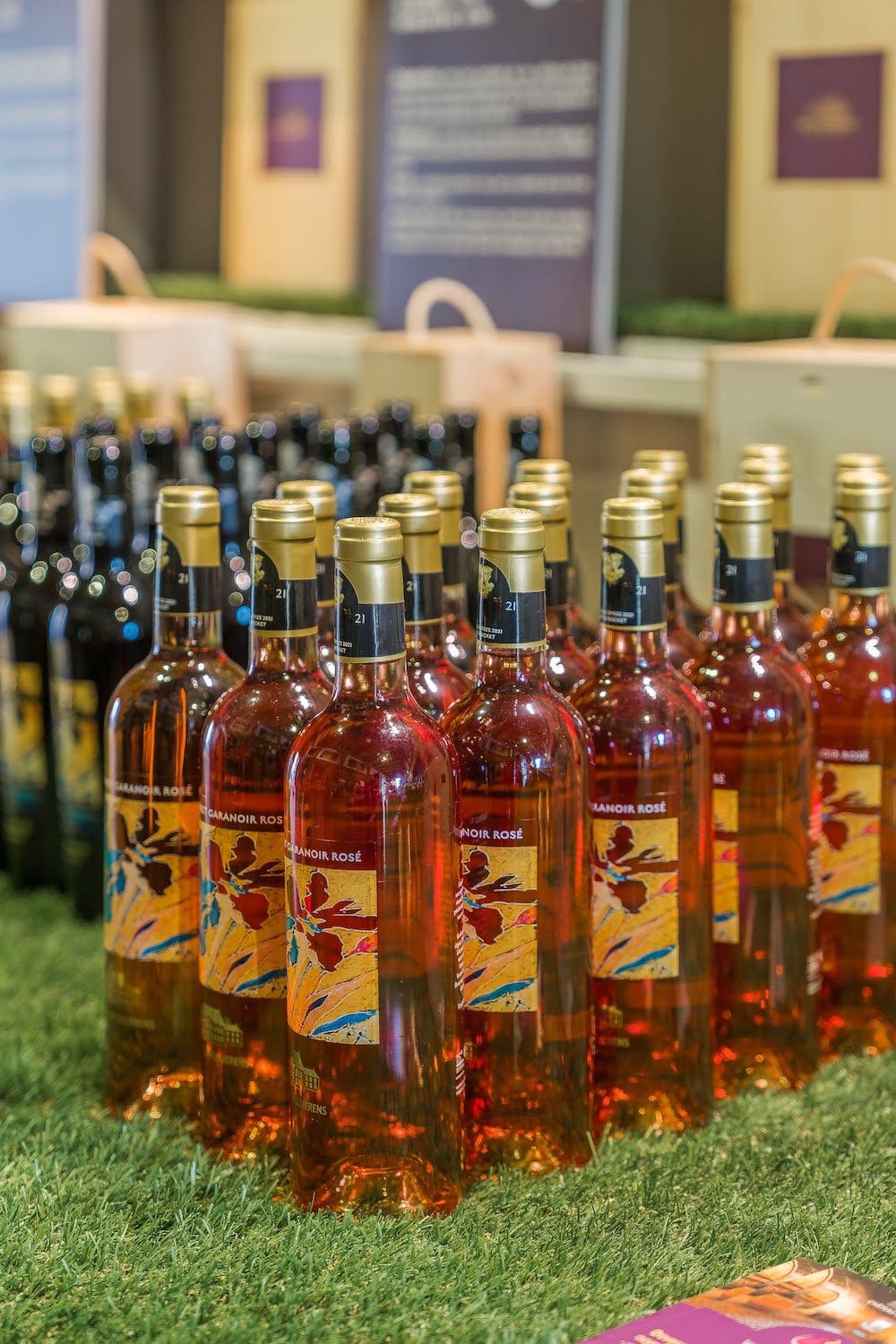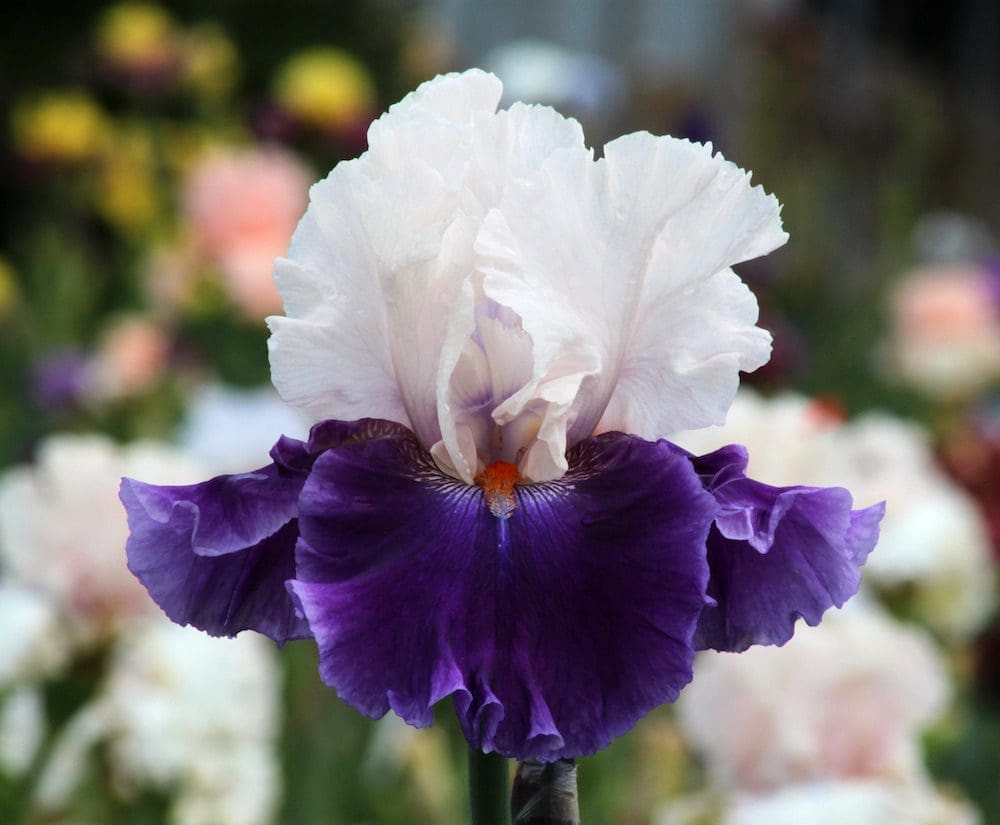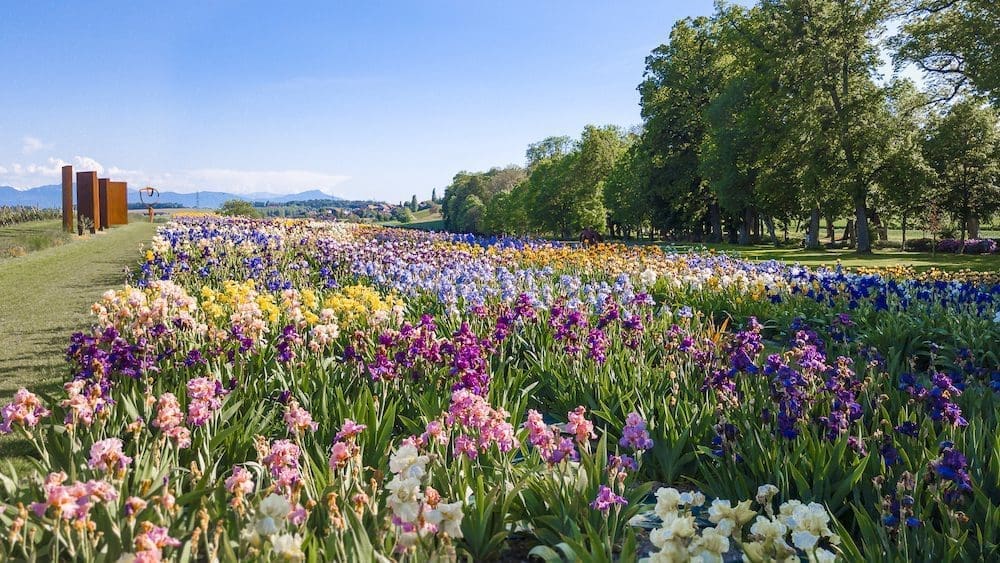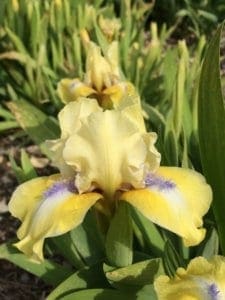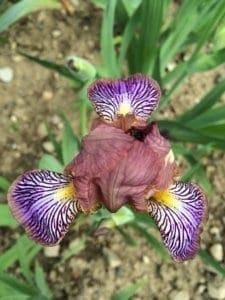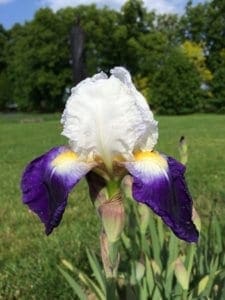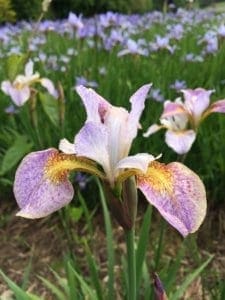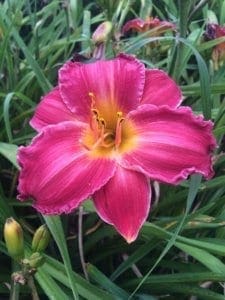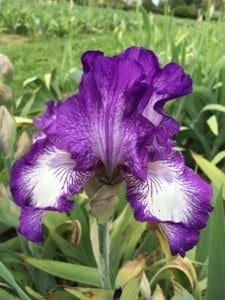The beginnings of the famous iris collection of Château de Vullierens
The history of the iris collection at the Château de Vullierens began in 1950 following the leadership of Doreen Bovet, wife of Bernard Bovet de Mestral and mother of the current owner. Originally from San Francisco and passionate about irises, it was only natural that she ordered five new varieties from Schreiner, a famous Swiss hybrid breeder based in America. More than 70 years ago, when she planted the very first rhizome, Miss California, she gave life to the Iris Garden without imagining that it would become one of the most important in Europe. She was a specialist, having created two gardens in South Africa.
A fine entrepreneur, Doreen inaugurated the first public flower gardens in 1955, with the idea of subsidising the costs incurred in maintaining the heritage. From then on, the collections have been constantly renewed for the past 70 years, with a view to modernity. Each trip to the United States is a pretext for purchasing new varieties, elite rhizomes selected by the Chatelain from the most reputable hybridizers. Over the years, the cultivation of irises has also developed, making it possible to offer a real catalogue to enthusiasts who wish to see them bloom in their gardens. More than four hundred different varieties of iris spread over more than 2 hectares, hundreds of thousands of flowers in May and June. The flowers you see today are very different from those discovered by the first visitors. Today’s irises are more robust and more floriferous, and more recently varieties of reblooming irises have made their appearance. They have the particularity of flowering again in autumn, if the weather conditions are favourable. Click here to learn more about irises.
The second historical collection of the estate: the daylilies
Daylilies belong to the lily family. Cousins of the iris, they are often overlooked in Europe. However, their flowering, which starts in mid-June and lasts until the middle of August, is generous and colourful. Daylilies figure prominently in the flower beds of the Vullierens gardens. They take over from the fleeting iris and keep the flowerbeds lively and colourful throughout the summer. Click here to find out more about daylilies.
Bring the elegance of Vullierens estate into your garden.
Our flowers multiply by rhizome, which makes it possible to take a part of this bucolic world with you. Each plant can be purchased. Simply note the reference number of your favourite variety during your walk and place your order on site or via our online shop.
In accordance with the wishes of the Châtelain’s mother, the creator of these gardens, the funds from these sales are devoted to the maintenance of the Château and to the development of this local historical heritage.
For the past ten years, the current chatelain has intensified the development of the gardens by creating different areas in the park and diversifying the flower collections: roses, tulips, peonies, rhodendrons, etc.

